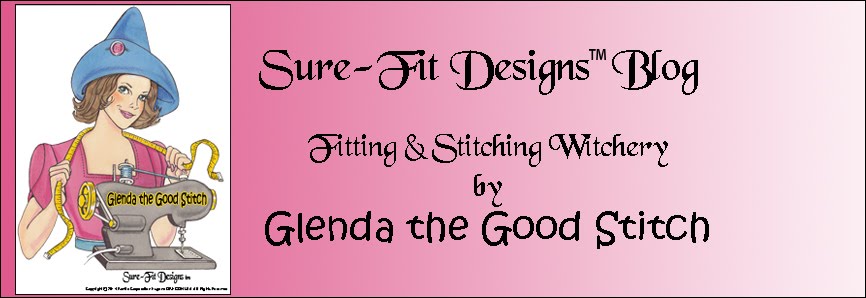Graciously shared by Anna Espindola, our Canadian Sure-Fit Designs Distributor - www.surefitdesigns.ca
Hello Everyone, Today's topic is the 1930’s.
“What did women wear in the 1930s?”
The fashion of the thirties is usually overshadowed by the great depression, but the 1930s were full of glamour and style.
The fashion industry underwent many changes during this decade in response to the severe economic hardships of the time.
Factory-made garments (what we now refer to as “ready-to-wear”) became popular because clothing could be mass produced for far less than made-to-order custom garments. The insurgence of ready-to-wear fueled the buy at home catalog market.
Here is a cool video of what it was like in the 1930s: https://video.vogue.com/watch/sarah-jessica-parker-narrates-the-1930s-in-vogue-vogue-by-the-decade
This is a small summary of all that was happening:
1930’S
OVERALL MOOD
Desperate, dire times Make do and survive
POLITICAL & HISTORICAL EVENTS
Stock Market Crash (1929)
ECONOMY
Catastrophic
The Great Depression
Unemployment, little money, financial hardship
TECHNOLOGY
Rayon and acetate fabrics
Easy care wash and wear fabrics
Zippers
LIFESTYLE & SOCIAL VALUES
Frugality, conservatism
Escapism (the need to get away from the harshness of reality)
MASS MEDIA & THE ARTS
Hollywood influence; stars and designers
Big bands, swing music Art Deco Movement Surrealism
INFLUENTIAL PEOPLE
Femme Fatale Movie Stars: Bette Davis, Jean Harlow, Greta Garbo
Amelia Earhart
King Edward and Wallis Simpson
KEY DESIGNERS
Coco Chanel
Elsa Schiaparelli
Madame Grès
Madeleine Vionnet
RESULTING FASHION TRENDS
Fashions were slow to change
Housedresses
Soft fabrics with structured shape and clean lines Wedge silhouette (cinched waist, narrow hips, broad shoulders)
Longer hemlines returned
Bias cut dresses
Muted colours
Pantsuits, pajama pants
I hope you enjoyed the 30's, Next week I will be back to talk about the 40's.
Thanks again, Anna!
Happy Sewing, Everyone!
Glenda the Good Stitch




 Street Wear, Outing Clothes
Street Wear, Outing Clothes



